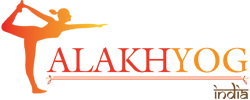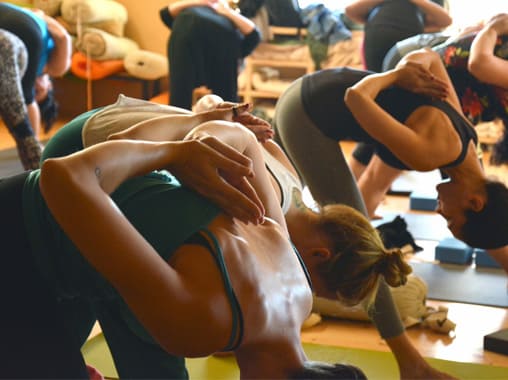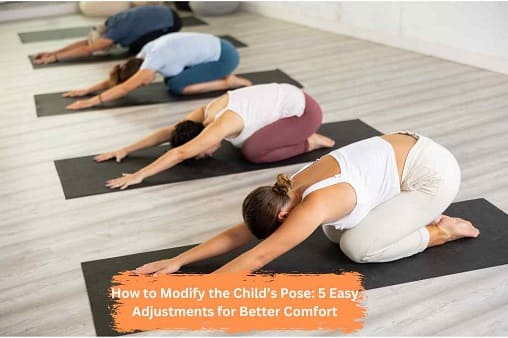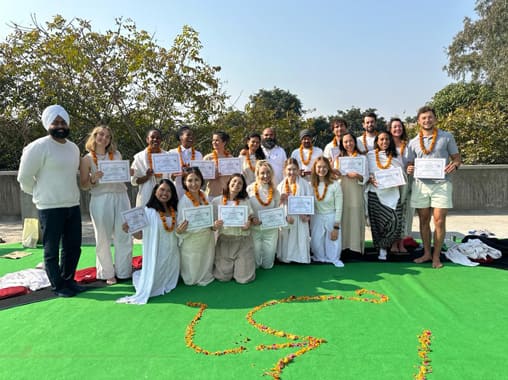Child pose or Balasana is a very beneficial yoga posture that incorporates stretching and restorative motions that can enhance both physical and mental wellness. Yoga relieves stress, tension, and tiredness and can enhance flexibility, balance, and good posture. This blog will discuss the benefits and how to perform Child pose and tips and precautions.
What is Child Pose or Balasana?
Child pose, also known as Balasana, is a gentle yoga posture that promotes relaxation and rejuvenation of the body and soul. In Sanskrit, “Bala” means “child,” and “Asana” means “pose .”It is a mild stretch for the legs, hips, and spine and is a wonderful way to relax after a stressful day. Balasana is often a resting pose between more active yoga poses, making it a great way to relax after a challenging yoga practice. Due to its ability to relax the mind and encourage slow, deep breathing, the balance may also be used as a soothing position to relieve tension and anxiety.
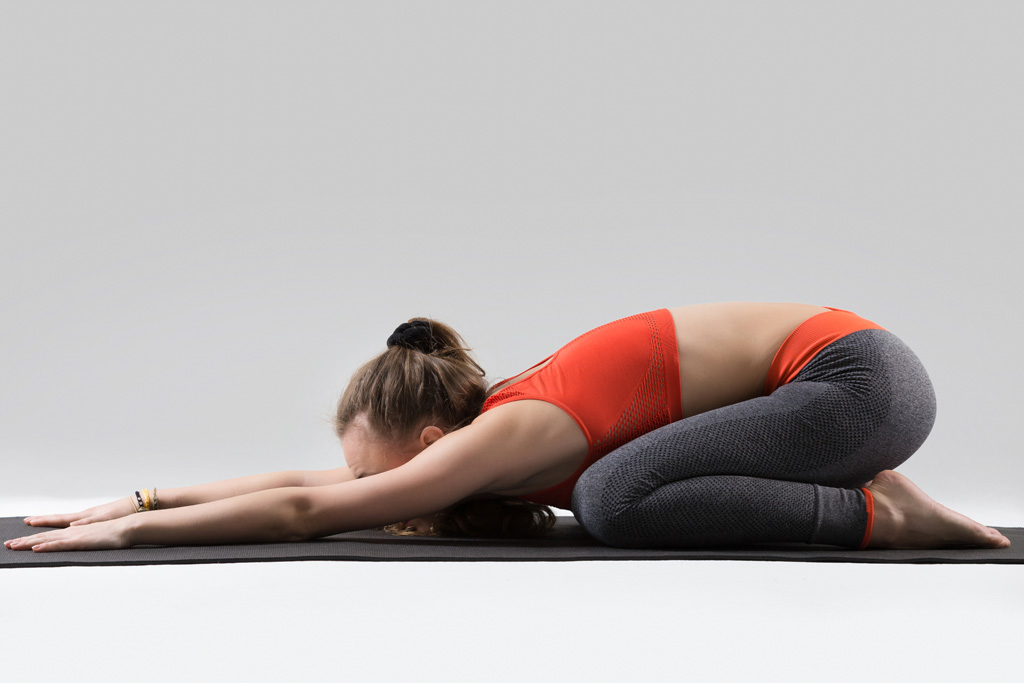
Benefits of Child Pose
1. Relieves tension and stress:
The child pose is an excellent posture for helping to relax the body, especially the neck, shoulders, and back. When you get comfortable in the posture, give your body a chance to relax and let go of any tension or discomfort it might be experiencing. The pose’s gradual stretching and deep breathing might assist in calming the mind and lessen overwhelming or anxious thoughts.
2. Stretches the ankles, hips, and thighs:
The hips, thighs, and ankles are greatly stretched with the child pose. You’ll feel a little stretch in these places as you bring your hips closer to your heels, which can help relieve stress and increase flexibility. A child pose helps ease tension in these regions and improve the accessibility of other yoga positions when practiced regularly.
3. Improves Digestion:
Child pose helps to improve digestion by gently compressing the abdomen and soothing the internal organs. This pose helps to enhance digestion and promote regularity. Child pose is an excellent way to deal with symptoms of bloating or discomfort after eating.
4. Promotes Relaxation and Sleep:
The child pose is very calming and supports clarity of mind and inner peace. It is a great technique to get the body and mind ready for sleep and is frequently used as a therapeutic position in yoga programs. Do a few rounds of your child pose before bed if you’re worried or nervous to help clear your mind and encourage relaxation.
Child Pose Contradiction
There are some potential contradictions to consider before practicing this pose, including:
- Knee or ankle injuries: Injury to the ankle or knee: It may be difficult or even painful to sit back on your heels in this position if you have knee or ankle problems. In this case, you can alter the pose by putting a cushion or folded blanket under your buttocks.
- During Pregnancy: During pregnancy, women may find it difficult to compress their bellies in this pose. It is advisable to speak with a certified prenatal yoga instructor or your doctor to determine if this position is safe for you to perform while pregnant.
- Knee pain: Sitting back on your heels in this position could be painful for you if you suffer from knee pain or have had knee surgery. By supporting your buttocks with a pillow or folded blanket, you may alter the stance. You can even do it while seated.
- Herniated disc: The Child Pose may make your symptoms worse if you already have a herniated disc. To reduce the compression on your spine, it is advised to either avoid this pose altogether until your symptoms decrease or to modify it by putting a cushion or folded blanket beneath your torso.
- Diarrhea or digestive issues: If you have diarrhea or other digestive problems, it could be painful to hold this position with your belly compressed. It is advised to avoid this pose in this situation until your symptoms are better.
How to perform the Child Pose?
- Start on your hands and knees, with your wrists aligned under your shoulders and your knees aligned under your hips.
- Inhale deeply, then exhale as you lower your hips back toward your heels.
- Allow your forehead to rest on the floor or a prop such as a cushion or folded blanket.
- Extend your arms out in front of you or rest them by your sides with your palms facing up.
- Take slow, deep breaths and relax into the pose, feeling the stretch in your hips, thighs, and ankles.
- Hold the pose for 30 seconds to a few minutes or as long as feels comfortable for you.
- To release the pose, gently bring your hands back toward your knees, then slowly lift your torso back up to a kneeling position.
Child Pose Variations
1. Wide-Knee Child Pose:
In this variation, the chest is positioned lower between the thighs while the knees are spaced farther apart. The hips and inner thighs may receive a deeper stretch with this technique.
2. Extended Child Pose:
In this variation, the arms are raised in front of the body, and the palms are on the mat. This variation provides a gentle stretch for the arms, shoulder, and upper back.
3. Thread the Needle Child Pose:
In this variant, the forehead rests on the mat while one arm is threaded through the gap between the knee and the opposing arm. This version can offer a significant stretch to the neck, upper back, and shoulders.
4. Puppy Pose:
In this variation, the arms are stretched in front of the body with the palms towards the floor. This variation can provide the arms, shoulders, and spine with a gentle stretch.
5. Reclining Child Pose:
In this variation of the pose, the knees are brought up to the chest while the back lies flat on the mat. The lower back and hips may receive a little stretch from this variant.
6. Supported Child Pose:
In this variation, the arms are stretched forward, and a bolster or folded blanket is put under the chest. This variation can provide the whole body with a calming and healing stretch.
